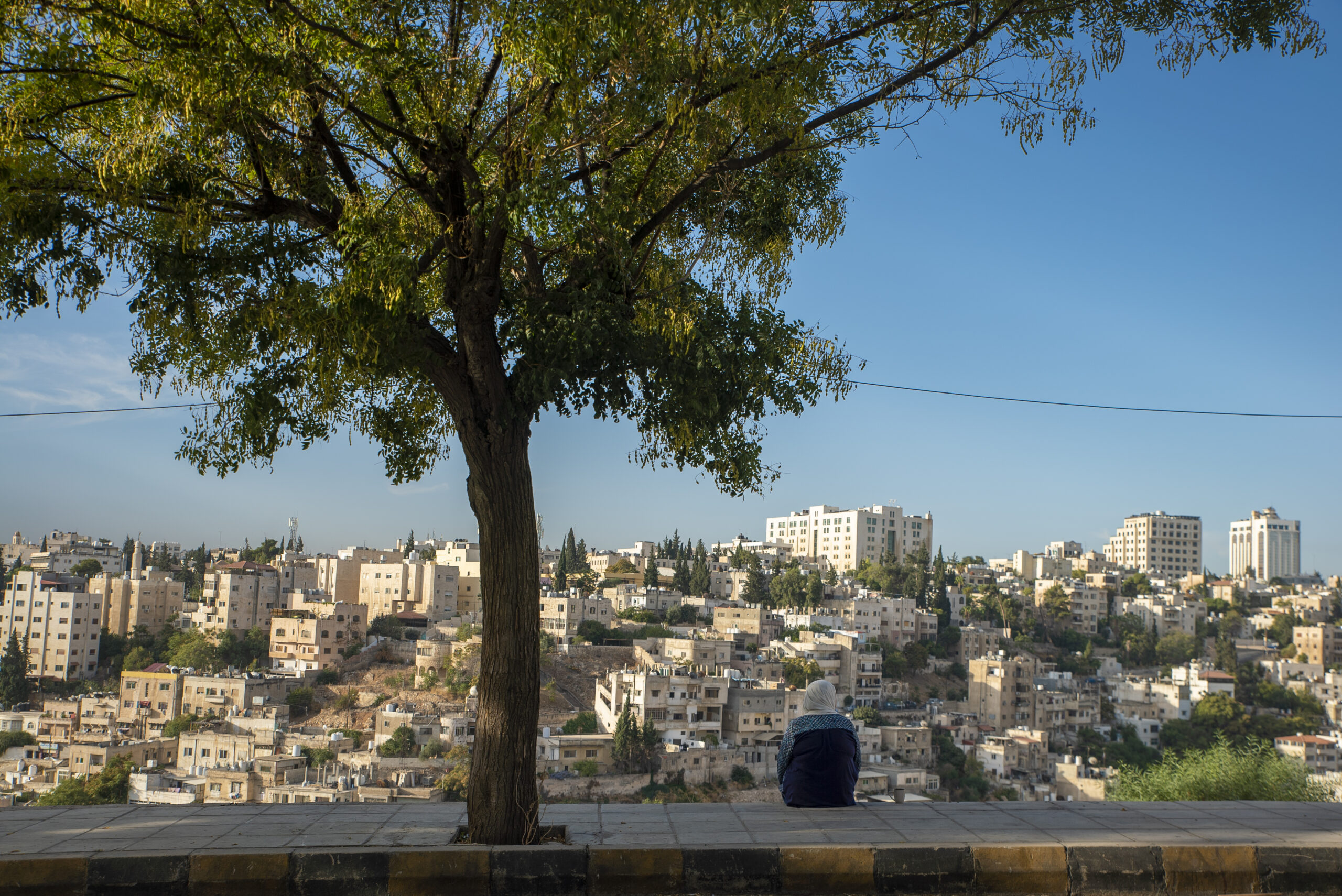
From the elevated train in Queens, I’d glimpse the phantasmagoria that was 5 Pointz. A riot of color and occasional faces covering every inch of the old, block-long factory, it felt hallucinatory. In a minute—not enough time for the eye or brain to take it all in—the images vanished and the train rumbled underground, heading to Manhattan.

For years, male and female aerosol artists from all over the world—Europe, Australia, Japan— created their graffiti art here, on the outside walls of this gritty building in now-gentrifying Long Island City. (I later learned that curator and graffiti veteran Jonathan Cohen, known as “Meres One,” reviewed all artists’ requests in advance.) I was intrigued, but although I lived just a short el-ride away, I never paid a visit. That is, until 5 Pointz came under threat by its owner-developers, who announced plans to bulldoze and erect two luxury high-rise apartment buildings on the site.

I enlisted my cousin, an avid 5 Pointz fan, to be my guide. Nothing prepared me for the experience. I was stunned by the intricacy of the vibrant images climbing stories high, and their careful planning and execution. These photos are a tiny sampling of what I saw that day—as far from crude “spray and run” graffiti as you can imagine. When I came upon the face of a helmeted soldier painted in pointillism style, I realized I was in an outdoor museum—not the kind where patrons tiptoe, speaking in whispers, but a dynamic, ever-changing creative hub. Even the colors seemed to vibrate.

Besides the energy, there was a palpable sense of camaraderie at 5 Pointz, as artists worked from street level or on ladders while amazed tourists—many foreign-born—snapped away or shot video. In the distance, the crimson logo of Citicorp floated in the clouds.

With the threat of demolition looming, “Save 5 Pointz” rallies were held, testimony presented to elected officials, and a lawsuit filed on behalf of the artists. Then in the early hours of November 19, 2013, the unthinkable happened: the landlord had the art whitewashed into oblivion. Word spread and “R.I.P.— REST IN POWER” signs soon appeared.

“I feel the loss emotionally,” says Jerry Rotondi, 72, a retired art director who calls himself a 5 Pointz volunteer, advocate, and friend. “What happened there was real democracy. Artists of all ages, ethnicities and social strata had one thing in common: the creation of an art building unique in the world. It was a pilgrimage site, a meeting place to revel in art, a crucible of creativity.”

Jerry tells me that once he overheard a little girl wonder aloud, “Is this Candyland?” I know how she felt. There was something about the place that sparked a feeling of giddy fun, and I found myself constantly gasping in delight, taking photos with abandon. Everywhere I looked, there was an image I wanted to savor.

The initial shock over the loss has passed, but many are still mourning. Years from now, I think 5 Pointz will be remembered internationally as an artists’ mecca like no other. It lasted over a decade. I was glad to walk wide-eyed in this wonderland, however briefly.
Maria Terrone is the author of two poetry collections, A Secret Room in Fall and The Bodies We Were Loaned, as well as a chapbook, American Gothic, Take 2. Her third poetry collection, Eye to Eye, will be published by Bordighera Press in spring 2014.




